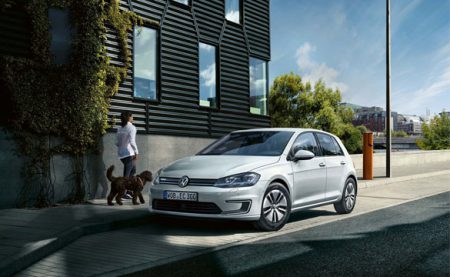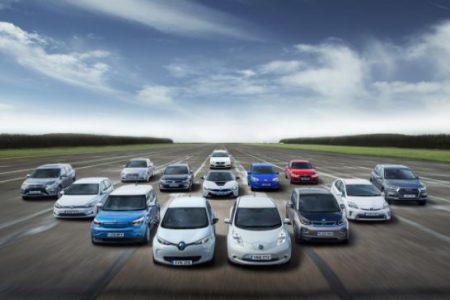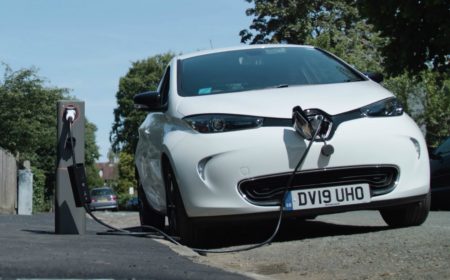Volkswagen, Tesco and Pod Point are determined to provide shoppers with free charging points as motorists increasingly turn to electric vehicles as they become more and more convenient to run
Electric car drivers can now charge their vehicles for free while doing their weekly shop at over 100 supermarkets across the UK.
Volkswagen has partnered with Tesco and Pod Point to provide shoppers with free charging points – with a further 2,000 units in the pipeline.

It is estimated a typical EV driver who spends 50 minutes shopping each week could get more than 1,000 miles of free electricity for their car over a 12 month period.
The free charging points are a response to the growth of electric cars in the UK, with sales up by 125 per cent this year according to the Society of Motor Manufacturers and Traders.
And demand is set to rise, with Volkswagen’s survey of 2,000 UK motorists revealing 41 per cent are considering leasing or owning an EV as their next vehicle. This figure increases to 61 per cent among the 25-34 age group.
Read more: Mirror
It’s Time to Go Green!
If you would like to know more about Solar Panels and the PowerBanx range of home battery systems, and get a free instant quote, please complete our online form:





















